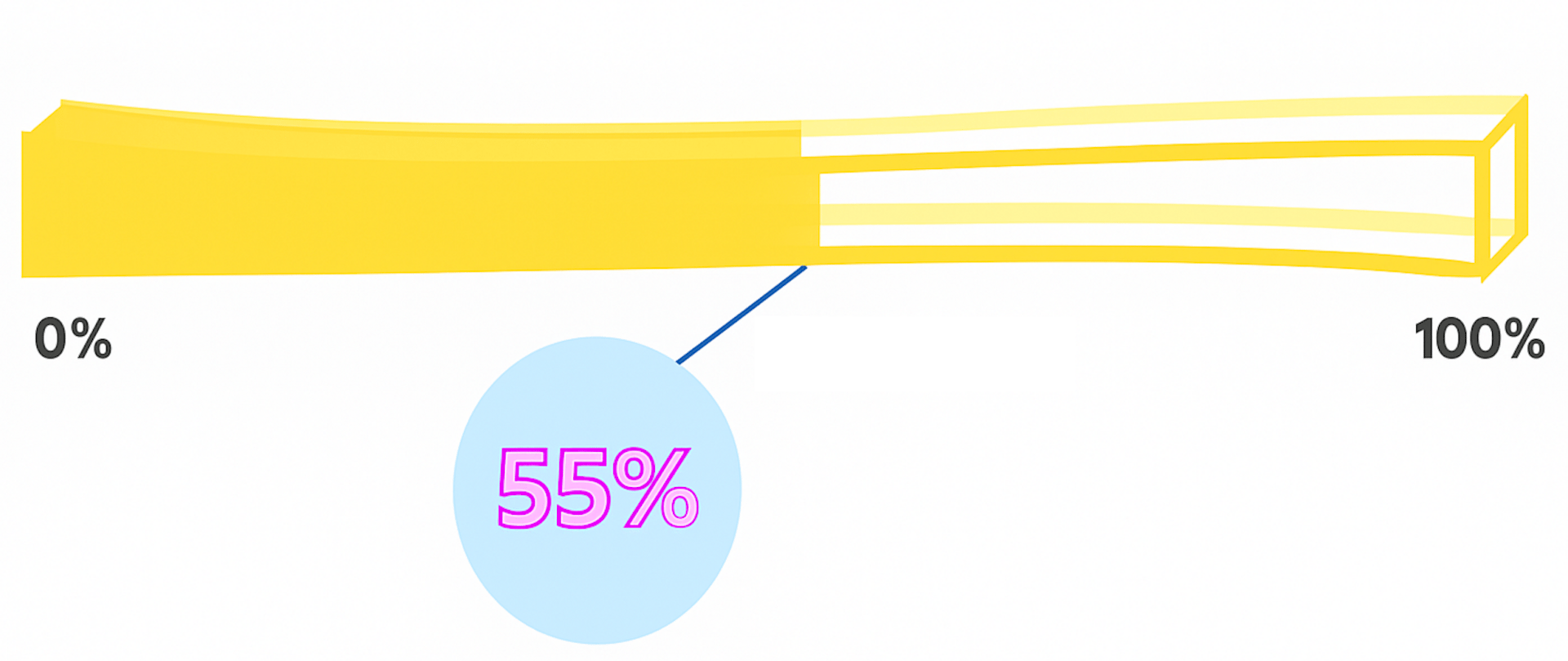- FryAI
- Posts
- AI uncovers a secret of the galaxy
AI uncovers a secret of the galaxy

We know AI is running fast, and it’s hard to keep up. That’s why we work hard to deliver everything you need to know, in one daily serving! 🍽️
🤯 MYSTERY AI LINK 🤯
(The mystery link can lead to ANYTHING AI-related: tools, memes, articles, videos, and more…)
Better inputs. Sharper outputs. Download the guide to premium AI.
Building or refining generative AI models? This guide shows why scraped data falls short—and what to use instead. Learn how real-world behavior signals, clustering, semantic scoring, and visual diversity improve output. Plus, see how Shutterstock’s licensed data and services reduce risk and boost performance. Train smarter, faster, and more responsibly.
Today’s Menu
Appetizer: AI discovers new type of supernova 💫
Entrée: Computer vision will now determine first downs in the NFL 🏈
Dessert: 87% of video game developers are using AI 🎮
🔨 AI TOOLS OF THE DAY
🗓️ Calendar Bridge: Your AI scheduling assistant. → Check it out
👩💻 Recurse: Find bugs in AI-generated code. → Check it out
AI DISCOVERS NEW TYPE OF SUPERNOVA 💫
What happened? Using an AI algorithm, astronomers have identified a supernova unlike anything seen before, likely triggered when a dying star merged with its black hole companion.
Want the details? The unusual supernova, called SN 2023zkd, was spotted in 2023, but it behaved differently from normal stellar explosions. Instead of fading after one bright flash, the blast unexpectedly brightened again about 240 days later. An AI system called LAISS flagged the event as abnormal, and detailed observations revealed why: before the explosion, the dying star had shed massive amounts of gas while being pulled apart by a nearby black hole. When the star finally collapsed, its shockwave slammed into these layers of gas, creating two separate bursts of light.
Why is this significant? Scientists have long suspected that black hole–star mergers could trigger supernovae, but had never seen convincing proof. Thanks to AI, we now have a new window into how stars die—and how hidden cosmic events can finally be uncovered.
COMPUTER VISION WILL NOW DETERMINE FIRST DOWNS IN THE NFL 🏈
What’s new? Starting this fall, the NFL will stop using traditional 10-yard chains to measure first downs and instead rely on camera-based technology.
How will this work? The new system will use six high-speed Hawk-Eye cameras installed in each stadium. After referees place the ball, the cameras will instantly calculate whether the football reached the first-down marker, replacing the need for chain crews to run onto the field. Fans will see a virtual version of the measurement on stadium scoreboards and TV broadcasts. Hawk-Eye is already used for replay reviews in the NFL and in sports like tennis, and the process is expected to save about 40 seconds per review. While referees still decide where to spot the ball, the technology ensures quicker and more consistent measurements, reducing delays and improving the flow of the game.
87% OF VIDEO GAME DEVELOPERS ARE USING AI 🎮
What’s new? A new Google Cloud survey shows 87% of video game developers are currently using AI agents to automate tasks and cut costs.
Want the details? The survey, conducted with The Harris Poll, gathered responses from over 600 developers in the U.S., South Korea, Norway, Finland, and Sweden. Developers said AI is mainly being used to handle repetitive and time-consuming jobs—like processing text, code, audio, or video—so teams can focus on creative decisions. Nearly all (94%) expect long-term cost savings as a result of this automation. But the shift hasn’t been smooth: some developers report difficulty measuring the return on investment, high integration costs, and legal uncertainties around who owns AI-generated content.
Why does this matter? The gaming industry is struggling with record layoffs, rising costs, and long development cycles. AI may help studios build games faster and cheaper—but it also raises big questions about jobs, pay, and ownership of creative work.
HAS AI REACHED SINGULARITY? CHECK OUT THE FRY METER BELOW:
What do ya think of this latest newsletter? |
Your feedback on these daily polls helps us keep the newsletter fresh—so keep it coming!
Former Zillow exec targets $1.3T
The top companies target big markets. Like Nvidia growing ~200% in 2024 on AI’s $214B tailwind. That’s why the same VCs behind Uber and Venmo also backed Pacaso. Created by a former Zillow exec, Pacaso’s co-ownership tech transforms a $1.3 trillion market. With $110M+ in gross profit to date, Pacaso just reserved the Nasdaq ticker PCSO.
Paid advertisement for Pacaso’s Regulation A offering. Read the offering circular at invest.pacaso.com. Reserving a ticker symbol is not a guarantee that the company will go public. Listing on the NASDAQ is subject to approvals.






